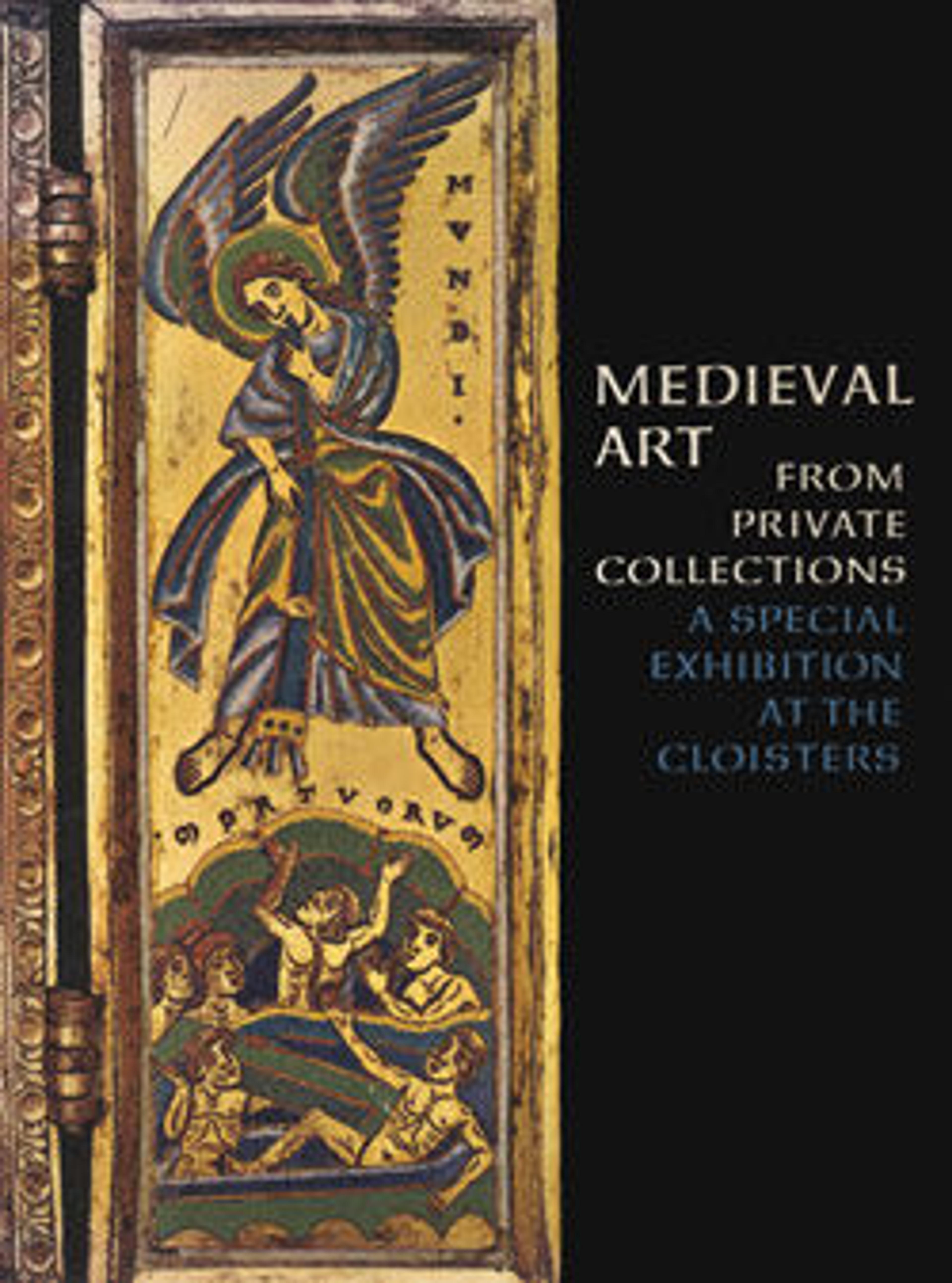Mortar
Medieval healing compounds commonly included herbs and spices, many of which could be grown and prepared at home. Toward the later Middle Ages, patients increasingly looked to apothecaries, who mixed medicines in their shops from an array of ingredients stored in glazed ceramic jars. These components sometimes required processing before mixing. For example, apothecaries relied on mortars and pestles to grind hard substances like nuts and seeds into powders that would dissolve in suspension. Manuals and recipe books were integral to medicinal concoction and dosage. The Latin inscription around the lid of the book box in this display translates to "live by the virtue of medicine," suggesting it once carried a small medical volume to be used on housecalls.
Artwork Details
- Title:Mortar
- Date:15th century
- Culture:North German
- Medium:Bell metal
- Dimensions:Overall: 9 1/16 x 7 3/4 x 7in. (23 x 19.7 x 17.8cm)
Base: 5 1/2in. (14cm) - Classification:Metalwork-Bell Metal
- Credit Line:Gift of Irwin Untermyer, 1964
- Object Number:64.101.1539
- Curatorial Department: Medieval Art and The Cloisters
More Artwork
Research Resources
The Met provides unparalleled resources for research and welcomes an international community of students and scholars. The Met's Open Access API is where creators and researchers can connect to the The Met collection. Open Access data and public domain images are available for unrestricted commercial and noncommercial use without permission or fee.
To request images under copyright and other restrictions, please use this Image Request form.
Feedback
We continue to research and examine historical and cultural context for objects in The Met collection. If you have comments or questions about this object record, please contact us using the form below. The Museum looks forward to receiving your comments.
